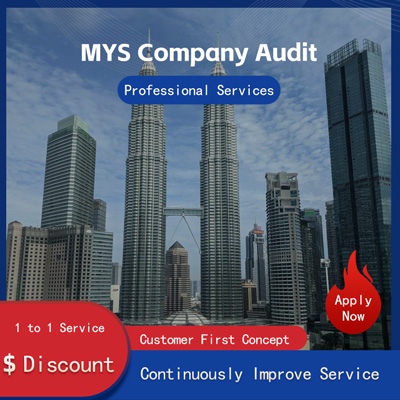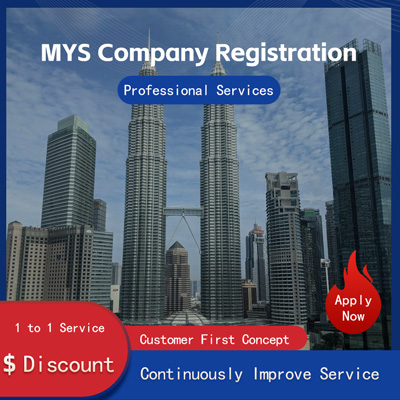
Unveiling Cross-Border E-commerce Legitimate Business or Hidden Pyramid Scheme?
Unveiling Cross-border E-commerce Legal Operation or Covert Pyramid Selling?
In recent years, the development of cross-border e-commerce has been thriving, with more and more people beginning to pay attention to this emerging industry. However, along with its rapid growth, some people have begun to question its legality and business model, suggesting it might be covert pyramid selling. This article will analyze the legality and business model of cross-border e-commerce from multiple perspectives, helping readers better understand this industry.

I. Definition and Advantages of Cross-border E-commerce
Cross-border e-commerce refers to commercial activities where enterprises or individuals from different countries or regions conduct commodity or service transactions through the Internet. Cross-border e-commerce offers many advantages, such as reducing costs, improving efficiency, and expanding markets. Through cross-border e-commerce platforms, businesses or individuals can easily sell their products globally without bearing high store rental fees and import taxes. It also provides richer product choices and faster logistics services.
II. The Difference Between Legal Operation and Covert Pyramid Selling
Legitimate cross-border e-commerce must comply with relevant laws and regulations and business ethics standards, such as the E-Commerce Law and Consumer Rights Protection Law. When conducting cross-border e-commerce business, enterprises or individuals must ensure compliance in aspects like product quality and after-sales service to build a good corporate image.
On the other hand, covert pyramid selling is an illegal business model, often involving multi-level marketing and virtual currencies. Such organizations usually attract participants by promising high returns and earn profits by continuously developing new members. This model not only violates laws and regulations but may also harm consumer rights and social stability.
III. Business Models of Cross-border E-commerce
The main business models of cross-border e-commerce include B2B, B2C, and C2C. In B2B mode, enterprises trade with each other via cross-border e-commerce platforms, such as Alibaba International Station; in B2C mode, enterprises sell goods directly to individual consumers; while in C2C mode, personal sellers sell their own goods on these platforms.
During operation, cross-border e-commerce platforms usually adopt various measures to ensure transaction security and consumer rights, such as establishing rigorous merchant review mechanisms and providing comprehensive after-sales services. Platforms may also offer preferential policies like tax breaks and cross-border logistics support to attract more merchants and individuals.
IV. Future Development Trends
With the continuous development of Internet technology and the acceleration of globalization, the future development prospects of cross-border e-commerce are vast. On one hand, more small and medium-sized enterprises and individuals will join the ranks of cross-border e-commerce, expanding international markets; on the other hand, cross-border e-commerce platforms will continue to innovate and improve, offering more convenient and efficient commercial services.
However, during its development, cross-border e-commerce also faces challenges such as data security, consumer privacy protection, and tax policies. Enterprises should strengthen cooperation to jointly promote the healthy development of cross-border e-commerce.
In summary, cross-border e-commerce, as a new form of business, has tremendous potential and broad market prospects. To ensure its legal operation and healthy development, it must strictly abide by relevant laws and regulations and business ethics standards. In the future, with the continuous advancement of Internet technology and globalization, cross-border e-commerce will enjoy even broader development space.
Still have questions after reading? More than 98,000 users have contacted us. Please fill in the following information to obtain business information.

Previous Article
Amazon E-Commerce Infringement Counterfeit Complaint Guide Case Analysis and Practical Operation Handbook
Jun 07, 2025Service Scope
MoreRecommended for You
- Lazada Data Collection Tool Explained Step-by-Step Guide
- How to Check Lazada Campaign Links and Increase Enrollment Approval Rate
- What's the Return Shipping Cost on Amazon Global?
- Lazada Seller's Detailed Guide onPromotion Setup Tips for Developing Shipping Strategies
- Amazon EU VAT Registration Requirements Checklist Poland and Czech VAT Rates at a Glance!
- What Are the Zero-Cost Data Scraping Tools on Lazada Platform? Is the Sales Conversion Rate High?
- Analysis of High RFC Costs at the Mexico Station Why Does the Spanish Region Spawn High Costs?
- Overcoming Payment Challenges for Foreign Trade E-commerce Sites In-Depth Analysis of Seven Compliant Cross-Border Payment Solutions
- Lazada Sellers Sourcing Channels Product Selection Strategies - Practical Guide
- How DoSOHOShip Orders Safely and Efficiently to Clients? Analysis of Shipping Time and Process!
- Detailed Explanation of VAT Registration Requirements in Spain Process and Conditions Analysis
- Digital-Driven Solution for Efficient Circulation of Cross-Border Import and Export Commodities
- Analysis of Sales Techniques to Efficiently Increase Order Volume on Lazada
- Analysis of Local Store Traffic Benefits on Lazada An Exploration of Effective Traffic Attraction Strategies
- Practical Approaches for Adjusting and Tracking Logistics Settings of Lazada Local Store
- Analysis on Lazada Store Coupon Reimbursement Mechanism and Optimal Amount Setting Exploration and Strategy
- Lazada Shipping Cost Saving Tips Master the Methods of Calculating Logistics Fees and Frugal Transportation Costs
- How to Find Lazada Seller Center Login Entrance and Analyze Login Steps
- How Shopee Achieves Accurate Orders and Detailed One-Stop Shipping Operations After Order Placement
- Lazada Local Third-Party Payment Operation Guide andTips


 ONE
ONE








Customer Reviews
Small *** Table
December 12, 2024The experience was very good. I was still struggling to compare it with other companies. I went to the site a few days ago and wanted to implement it as soon as possible. I didn't expect that everything exceeded my expectations. The company is very large, with several hundred square meters. The employees are also dedicated and responsible. There is also a wall of certificates. I placed an order on the spot. It turned out that I did not make a wrong choice. The company's service attitude is very good and professional. The person who contacted me explained various things in detail in advance. After placing the order, the follow-up was also very timely, and they took the initiative to report the progress to me. In short, I am very satisfied and recommend this company!
Lin *** e
December 18, 2024When I first consulted customer service, they recommended an agent to me. They were very professional and patient and provided excellent service. They answered my questions as they came in. This 2-to-1 service model is very thoughtful. I had a lot of questions that I didn’t understand, and it’s not easy to register a company in Hong Kong. Fortunately, I have you.
t *** 7
December 19, 2024I originally thought that they only did mainland business, but I didn’t expect that they had been doing Hong Kong business and were doing very well. After the on-site interview, I decided to ask them to arrange the registration of my Hong Kong company. They helped me complete it very quickly and provided all the necessary information. The efficiency was awesome. It turns out that professional things should be done by professionals.👍
b *** 5
December 16, 2024In order to register a company in Hong Kong, I compared many platforms and stores and finally chose this store. The merchant said that they have been operating offline for more than 10 years and are indeed an old team of corporate services. The efficiency is first-class, and the customer service is also very professional.